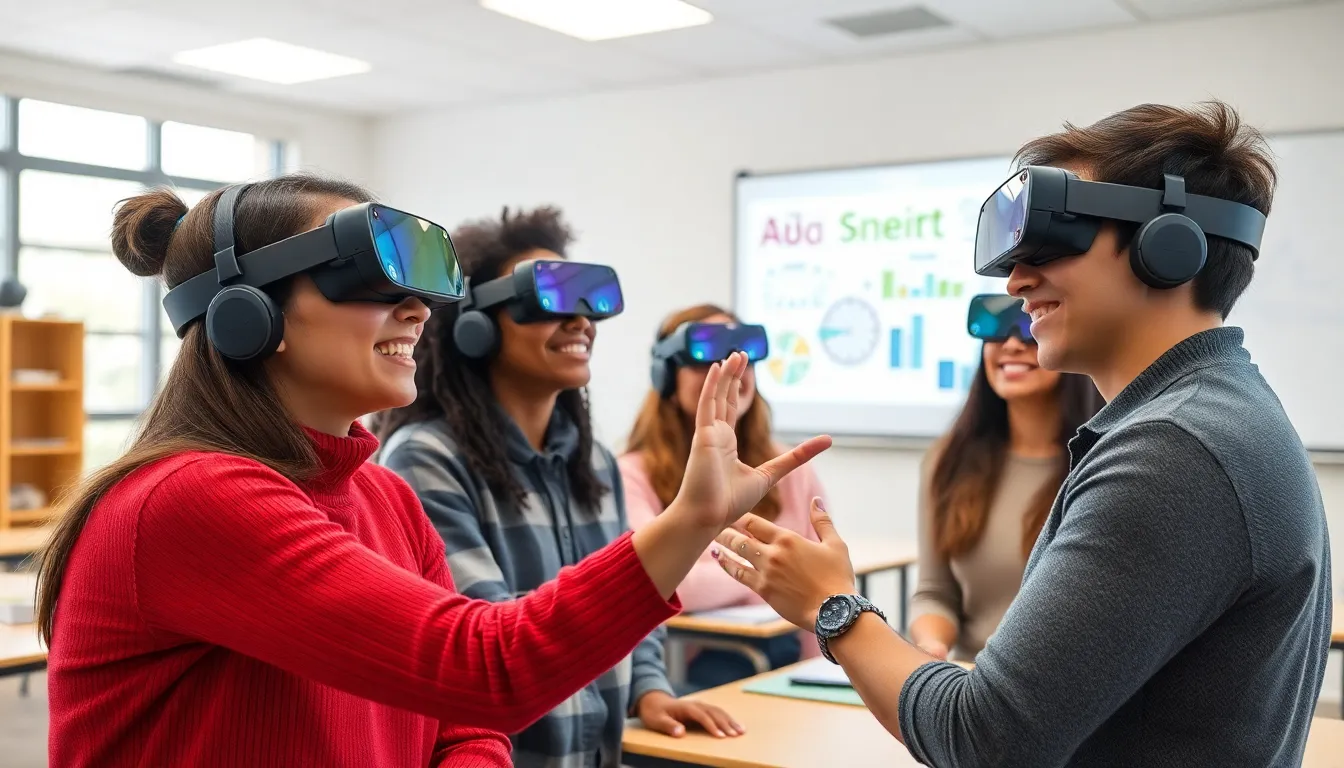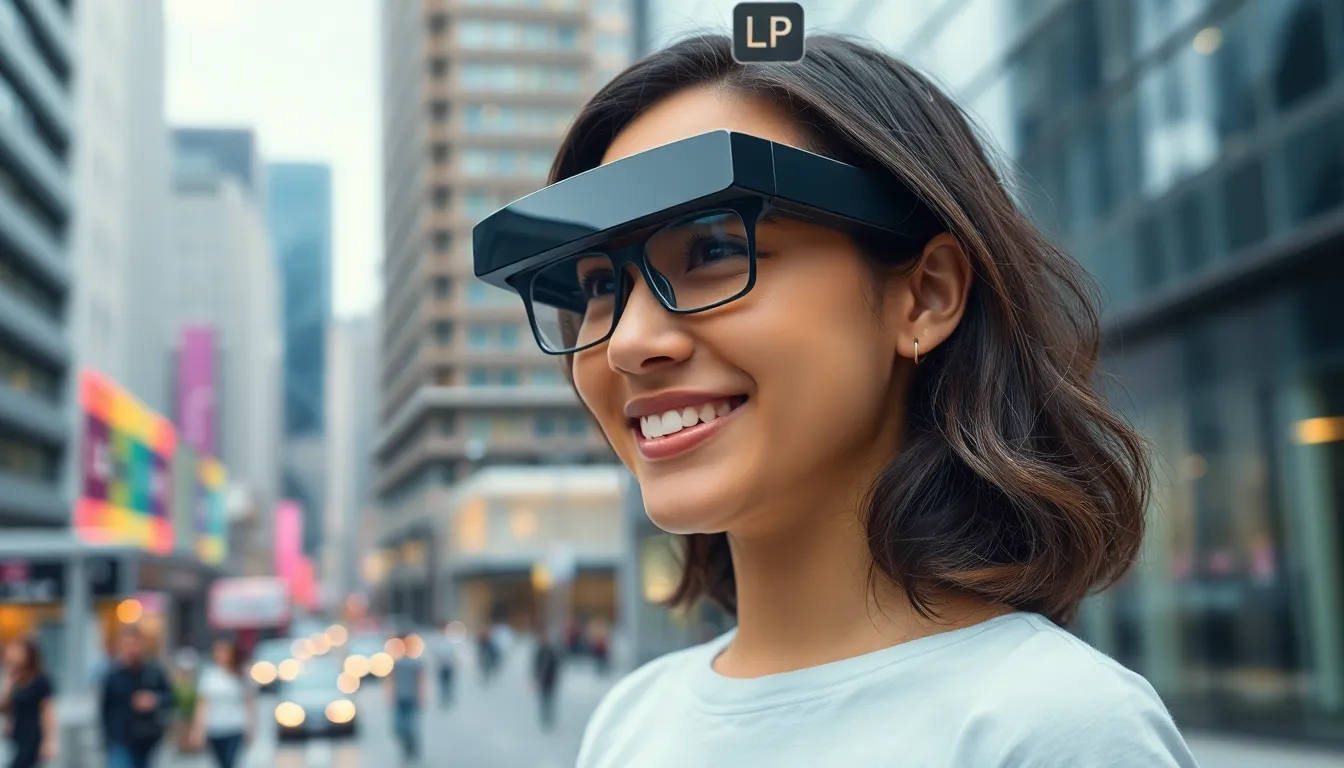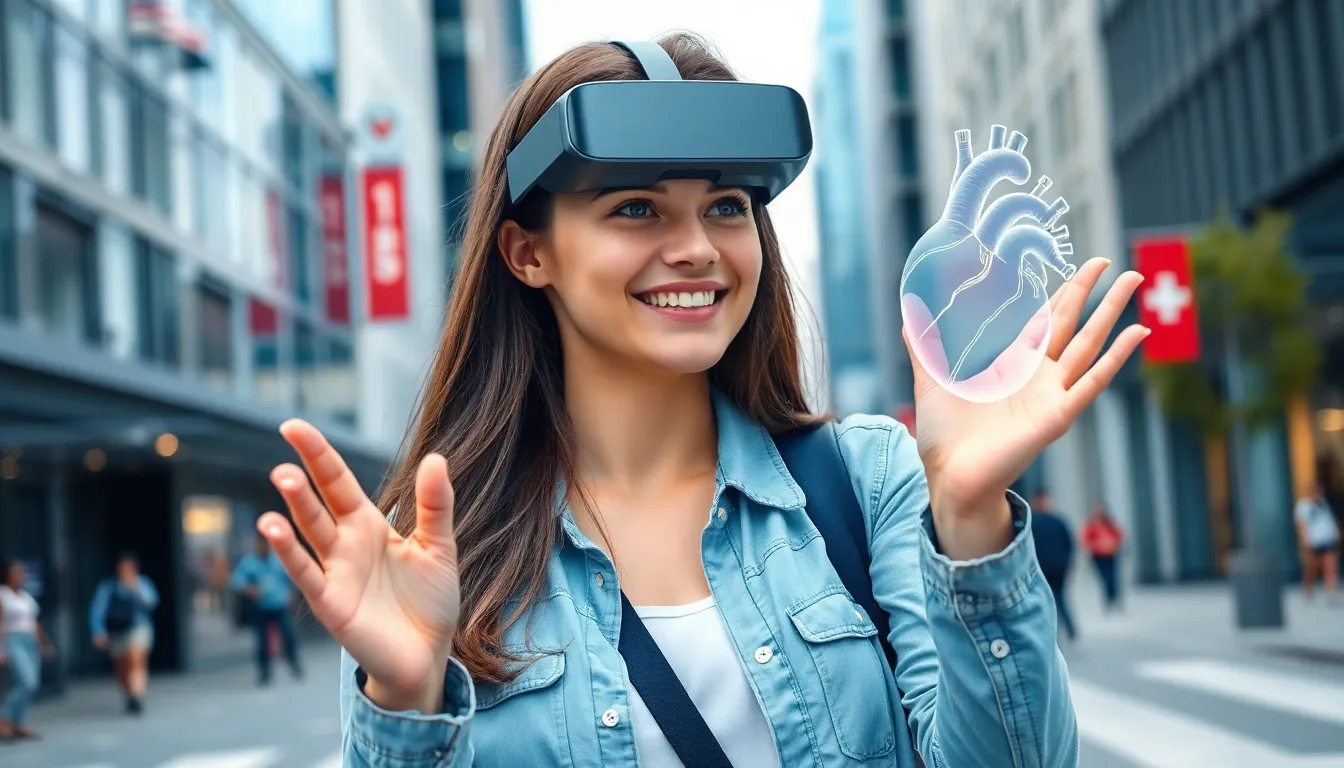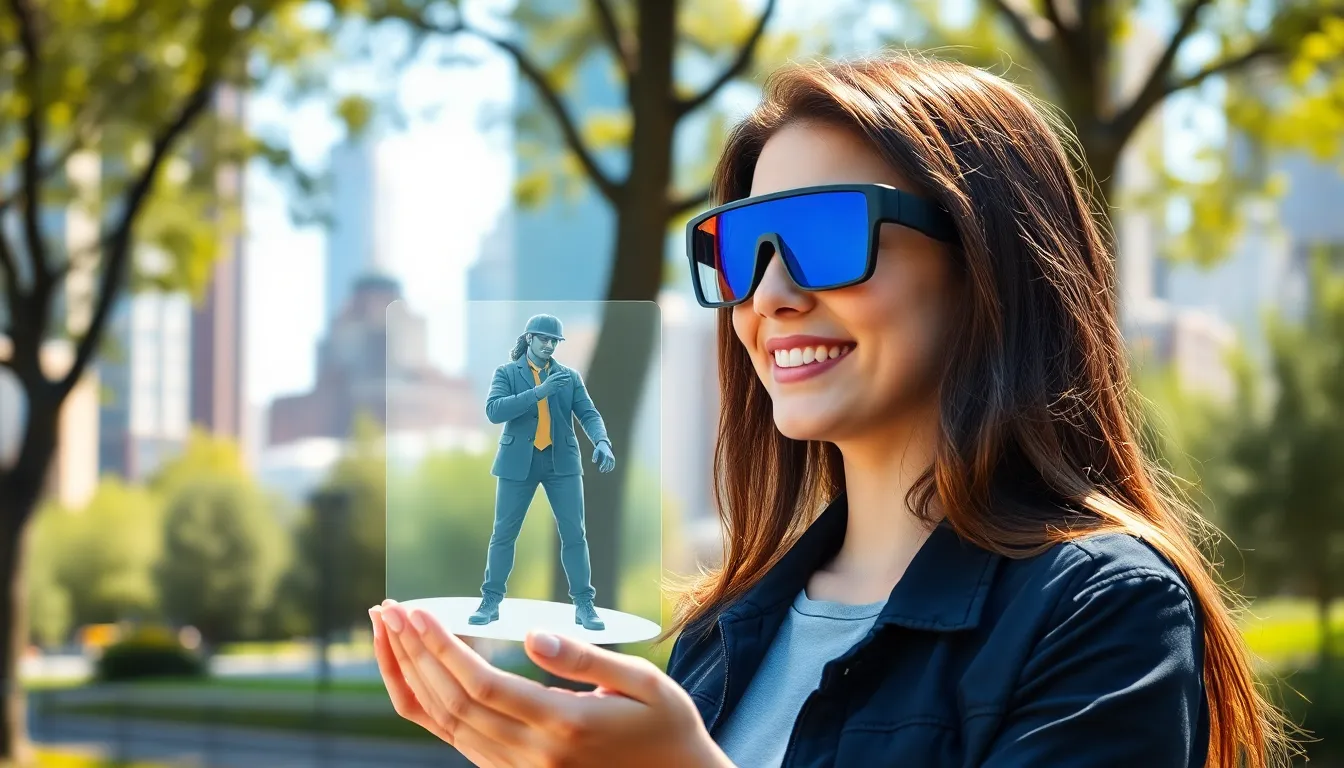Imagine stepping into a world where reality blends seamlessly with the extraordinary. Cinematic effects augmented reality (AR) does just that, transforming everyday moments into epic scenes worthy of the silver screen. Whether it’s adding a dramatic explosion during a mundane walk or turning a simple coffee break into a thrilling adventure, AR makes life a little more cinematic and a lot more fun.
As technology evolves, so does the way people experience storytelling. Gone are the days of passive viewing; now, audiences can interact and immerse themselves in their favorite narratives. With AR, the possibilities are endless, sparking creativity and engagement like never before. So buckle up and get ready to explore how cinematic effects AR is not just changing the game—it’s rewriting the rules entirely.
Table of Contents
ToggleOverview of Cinematic Effects AR
Cinematic effects AR merges digital elements with the physical world, creating an innovative storytelling medium. This technology enables users to engage with narratives in immersive ways that traditional media cannot achieve. Through interactive layers of visual and audio content, AR enriches viewer experiences, allowing for deeper connections to stories.
Overall, cinematic effects AR transforms scenery and settings, allowing users to witness extraordinary visuals in their everyday environments. Users encounter animated characters, stunning landscapes, and unique special effects that add excitement to mundane moments. This shift in how stories unfold elevates the role of the audience from passive observers to active participants.
Today, platforms that support cinematic effects AR are designed to be user-friendly, encouraging creators to experiment with new ideas. Applications leverage technologies such as computer vision and machine learning, making it easier for developers to incorporate complex effects. This accessibility fosters a thriving community of creators, ranging from large studios to independent artists, each contributing to a rich tapestry of interactive narratives.
Content creators explore various genres, including education, entertainment, and tourism. Educational institutions utilize AR to visualize complex concepts, enhancing learning experiences. The entertainment sector increasingly adopts AR for promotional campaigns and immersive theater experiences, engaging audiences more thoroughly.
Cinematic effects AR stands as a significant advancement in the evolution of storytelling, blurring the lines between reality and imagination. As adoption grows, it reshapes how people interact with art and media, creating exciting opportunities across industries.
Key Technologies Behind Cinematic Effects AR

Cinematic effects AR relies on several key technologies that enhance the interplay between digital content and the physical world.
Augmented Reality
Augmented Reality (AR) overlays digital images and information onto the real world through devices like smartphones and AR glasses. Users experience rich visual elements that interact with their immediate surroundings. For instance, AR applications enable users to view animated characters in their living rooms or educational diagrams populating their classrooms. This seamless blending of digital assets with reality enriches user engagement and transforms storytelling into an interactive experience.
Virtual Reality
Virtual Reality (VR) immerses users in entirely digital environments, creating a distinct separation from the physical world. Utilizing specialized headsets, users explore 3D worlds that mimic reality, enhancing emotional responses during storytelling. Virtual reality elevates cinematic experiences by placing the user inside narratives, offering unique perspectives on plot and character development. While different from AR, VR complements cinematic effects by providing another layer of immersion in storytelling.
Machine Learning
Machine Learning (ML) plays a pivotal role in enhancing AR experiences through algorithms that analyze user interactions. It personalizes content based on individual preferences and environmental factors. By recognizing patterns, machine learning algorithms help developers create dynamic and responsive AR environments. Enhanced realism in AR relies on these intelligent systems, making interactions smoother and more engaging. As machine learning continues to advance, it further empowers creators to innovate with immersive storytelling and interactive content.
Applications of Cinematic Effects AR
Cinematic effects AR finds applications across various sectors, revolutionizing experiences and interactions. It enhances engagement, creativity, and storytelling.
Film and Television
Film and television productions increasingly incorporate cinematic effects AR. By adding digital elements to on-screen performances, filmmakers create immersive experiences. Directors utilize AR for real-time visual effects during shoots, enabling better creative decisions. This technology allows audiences to experience narratives interactively, with viewers participating in plots through their devices. For instance, in movie promotions, fans can walk through animated scenes, deepening their connection with characters and plots.
Gaming Industry
The gaming industry continues to embrace cinematic effects AR, transforming gameplay dynamics. Players participate in enriched environments that blend virtual characters with real-world settings. This interactivity boosts user engagement and enjoyment. Popular games utilize AR to generate captivating quests, turning everyday locations into battlegrounds or adventure landscapes. Gamers often form communities around shared experiences, where they collaborate and compete in augmented challenges, enriching the social aspect of gaming.
Advertising and Marketing
Advertising and marketing leverage cinematic effects AR to create memorable campaigns. Brands deploy interactive advertisements that captivate audiences’ attention and encourage participation. Creative AR experiences enable customers to interact with products virtually, enhancing brand awareness and driving sales. Examples include virtual try-ons for fashion items and immersive experiences for product launches. By making advertisements more engaging, companies foster deeper connections with consumers, ultimately leading to increased brand loyalty.
Future Trends in Cinematic Effects AR
Cinematic effects augmented reality (AR) continues to evolve, enhancing user experiences and integrating with advanced technologies. This evolution paves the way for innovative storytelling and captivating interactions.
Enhancements in User Experience
Enhanced user experiences emerge through the seamless integration of AR in various applications. Immersive environments engage users like never before, providing intuitive interactions with animated characters and rich landscapes. Features such as real-time feedback foster deeper connections between users and content, making narratives more impactful. Personalized experiences adapting to user preferences significantly increase engagement. Furthermore, gamified elements encourage active participation, transforming passive viewing into dynamic storytelling, where users feel like contributors to the story. This transformation elevates AR beyond traditional media, creating environments that resonate emotionally with audiences.
Integration with Other Technologies
Integration with other technologies propels cinematic effects AR into new realms. Combining AR with artificial intelligence enables more adaptive and responsive environments, enhancing interactivity. Partnerships with virtual reality improve immersion, offering users fully realized experiences that blend the digital and physical worlds seamlessly. Additionally, advancements in 5G technology promote faster data transmission, allowing for more complex visual effects and immediate interactions. Collaborations with machine learning optimize user engagement by customizing experiences based on preferences and behaviors. This synergistic approach ensures cinematic effects AR remains at the forefront of technological innovation, evolving storytelling methods and enhancing viewer engagement across various platforms.
Cinematic effects AR is revolutionizing the way stories are experienced and told. By merging digital elements with the physical world, it creates immersive environments that captivate audiences and transform everyday moments into extraordinary adventures. This technology not only enhances engagement but also fosters creativity across various sectors, from education to entertainment.
As advancements in AR, VR, and machine learning continue to evolve, the potential for interactive storytelling expands. The future promises even more seamless integration of these technologies, ensuring that users will enjoy richer narratives and deeper connections with content. Embracing cinematic effects AR opens new avenues for creators and audiences alike, making storytelling an engaging and dynamic experience.






